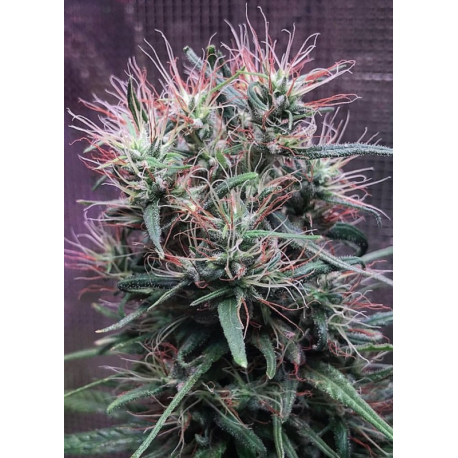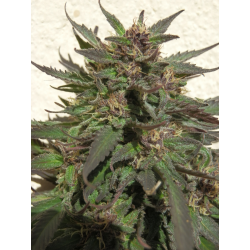
Ethiopia x Malawi Standard | Indoor & Outdoor
Reference:
Manufacturer: Ace Seeds
Authentic 'Old School' 100% Sativa African F1 Hybrid bred with our best parental plants from Malawi and Ethiopia.
2 Items Warning: Last items in stock!
Data sheet
| Quantity | 5 seeds |
| Sex | 02 Regular |
| Variety | 03 Mostly Sativa (min 70%) |
| Flowering Type | 01 Photoperiod |
| THC Content | 04 High (11% - 19%) |
| CBD Content | 01 Very Low (below 1%) |
| Growing Location | 03 Indoor & Outdoor |
| Yield Indoor (g/m²) | 03 High (401 - 500g/m²) |
| Yield Outdoor (g/plant) | 03 High (200 - 500g) |
| Flowering Time Indoor | 12 weeks |
| Harvest Month Outdoor | 11 November |
| Genetics | 'OLD SCHOOL' 100% Sativa African F1 Hybrid x MALAWI x ETHIOPIA |
More info
The Malawi and the Ethiopian are high quality pure African sativas, both very vigorous and productive in themselves, but when combined in a direct F1 they explode in vigour, production and potency, reaching previously unsuspected levels.
The growth of this hybrid tends slightly more to the Ethiopian side, being tall, slender and flexible, although with greater robustness, and with a moderate stretch and internodal distance thanks to the more tamed influence of Malawi. Its flowers show the most desirable qualities of the African sativas: very beautiful, long, thin and delicate Ethiopian pistils, which are born from an abundant, dense and very resinous floral structure with very little leaf, a trait inherited from the Malawi Killer phenotypes. Being an eminently tropical sativa hybrid, its flowering is moderate to long, although under the right conditions of strong light intensity and warm temperatures plants can yield huge crops that offer an enhanced high quality African sativa effect: cerebral, energetic, and psychedelic at the same time.
The flowers have a sweet perfume of citrus/lemon and sandalwood aromas, with delicate floral and woody touches, slightly musky, with an earthy, dense and resinous background.
A sativa hybrid specially created for lovers of potent and high yielding pure African sativas, and for outdoor cultivation in tropical or subtropical climates.
A standard (regular) limited edition, available while stocks last.
| Sativa / Indica ratio | 100 % sativa |
| THC | 14-20 % |
| CBD | 0.1 % |
| CBG | 0.7 % |
| Flowering indoors | 12-13 weeks |
| Flowering outdoors | First half of November |
| Yield | High |
| Resistance against spider mites | Average |
| Resistance against powder mildew | Average-High |
| Resistance against botrytis | High |
| Resistance against white fly | Average-High |
| Resistance against cold | Average-High |
| Resistance against heat | High |
| Latitude | 0º-43º |
| Genetics | Our best 2nd generation Ethiopian parental plants x Malawi Killer. |
| Structure | Tall, thin and flexible, although robust, and with a moderate stretch and internodal distance. |
| Bouquet | Citrus/lemon and sandalwood. Sweet perfume, with delicate floral and woody touches, slightly musky, with an earthy, dense and resinous background. |
| High | Classic strong and high quality African sativa effect. It produces an initial discharge of physical energy that also accelerates the thoughts, later evolving into a more dense, complex and trippy high. A real journey of good duration and with different stages within the most emblematic psychoactive qualities of African sativas. |
| Terpene profile | It has not yet been analyzed. |
| Growing Tips | It can be grown indoors with strong light intensity and with enough space for its development. We recommend to switch her into flowering after 15 days from seed, or starting from clones rooted for at least 7 days. We recommend 11 (light)/13 (darkness) photoperiod for the flowering indoors, in order to boost the flowering, and to avoid reflowerings or excessive stretching in early flowering. Very suitable for SOG crops due to its great yield in the main cola, or for SCROG, horizontal or network growing due to its excellent yield in the lateral branches and its vigorous reaction to pruning. Outdoors, it is especially suitable for outdoor cultivation in tropical or subtropical climates, although it can be cultivated with very good results in warm coastal climates of mild autumn (similar to the Mediterranean) up to latitudes close to 43º. We recommend low/moderate levels of nutrients (especially of nitrogen) for the whole cycle, and slightly higher amounts of PK at the peak of floral production in mid-flowering. |
Customers who bought this product also bought:
-

-
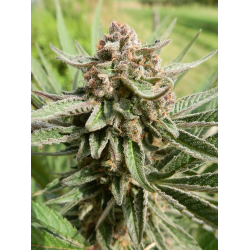
-
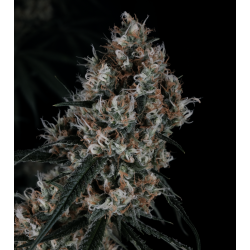
-
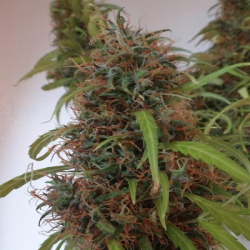
-
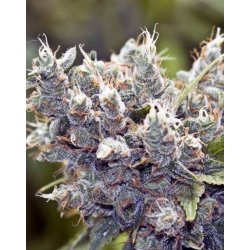
-
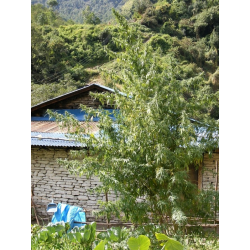
-
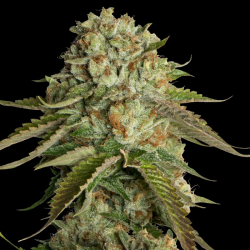
-
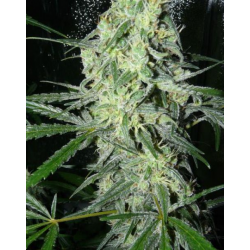
-
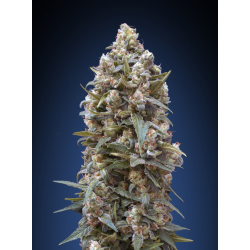
00 Kush |...
Crossing of the best Indica genetics stabilized...
